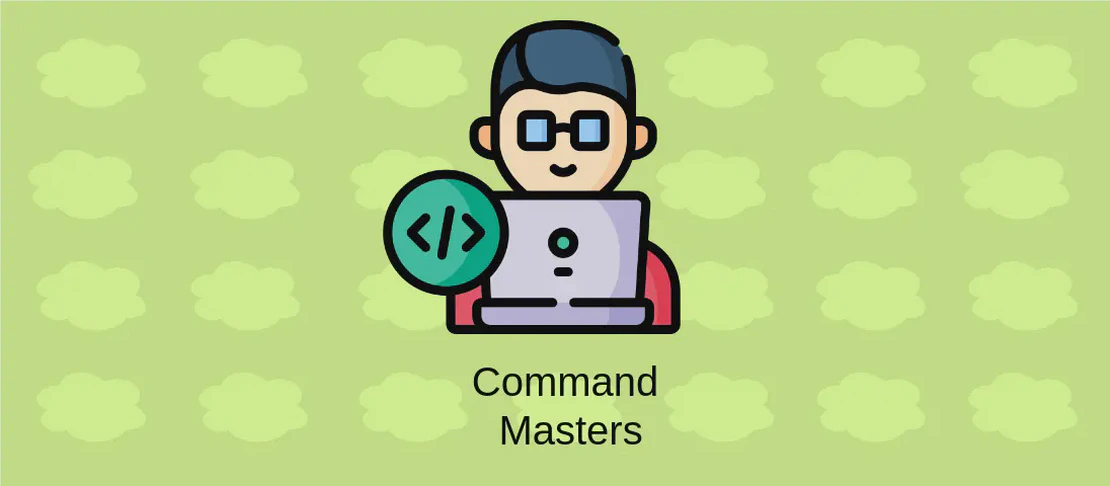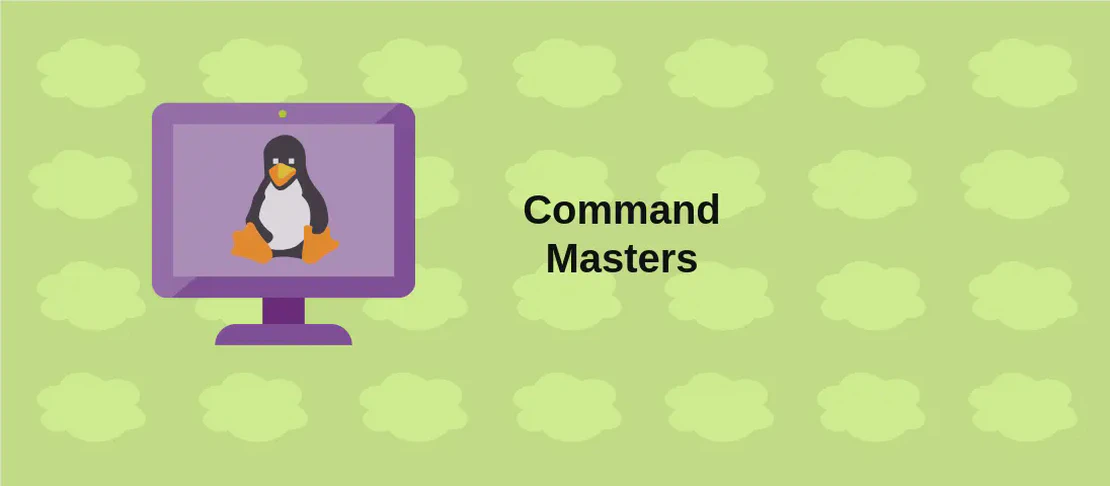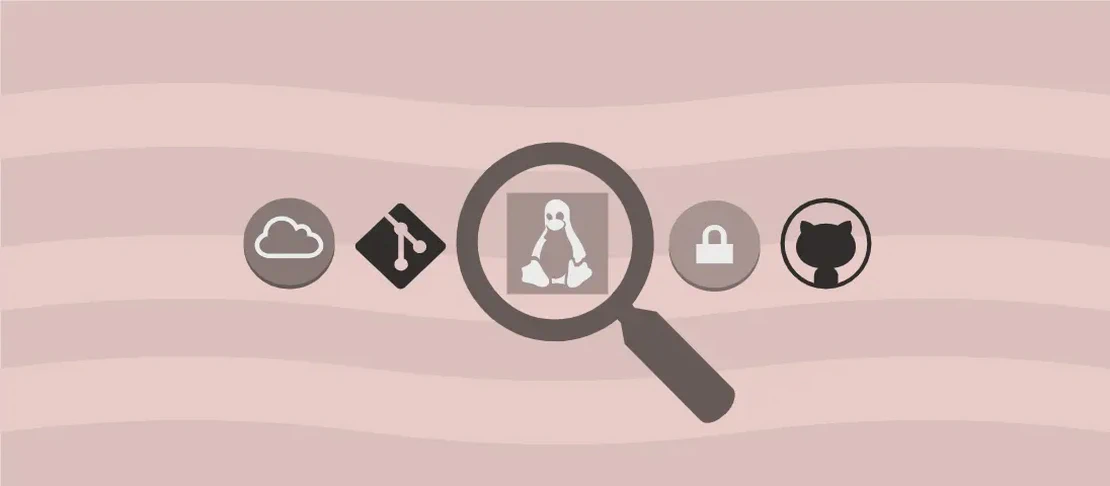
How to use the command `pnmscale` (with examples)
pnmscale is a tool from the Netpbm package designed for scaling portable anymap files, commonly known as PNM files. These files include PBM (portable bitmap), PGM (portable graymap), and PPM (portable pixmap) formats. The command offers a way to resize images by adjusting them to either a specified scaling factor or to fit within a defined bounding box. Though pnmscale has been largely replaced by pamscale, the principles remain similar for learning purposes.
Use case 1: View documentation for pamscale
Code:
tldr pamscale
Motivation:
Before using any command effectively, especially in a technical environment, it is important to have a comprehensive understanding of the command’s functionalities, parameters, and options available. Accessing documentation through tldr (Too Long; Didn’t Read) provides a convenient way to quickly gain insights into how a command works. This use case is particularly useful when you want to transition from pnmscale to pamscale or are encountering the command for the first time.
Explanation:
tldr: This is a command-line tool that offers a simplified and concise explanation of command-line tools. It is designed for those who want a more digestible version of the traditional manual pages (manpages). By providing community-driven examples,tldrhelps users leverage the functionalities of a command without getting lost in overwhelming technical details.pamscale: By specifying this argument, you are queryingtldrto fetch the relevant documentation for thepamscalecommand. Sincepamscalereplacespnmscale, understanding this variant is essential for current usage.
Example Output:
Upon executing the command, you might get an output that looks like this, summarizing the essential usage:
pamscale
Scale an image's dimensions.
More information: <https://netpbm.sourceforge.net/doc/pamscale.html>
- Scale an image to half its size:
pamscale 0.5 input.pnm > output.pnm
- Scale an image to a specific width and height:
pamscale -width 200 -height 100 input.pnm > output.pnm
Conclusion:
Understanding how to use pnmscale through examples is crucial for effective image manipulation within the constraints of PNM formats. Despite its deprecation in favor of pamscale, the core functionalities remain applicable, allowing users to scale images accurately for varied applications. By utilizing tldr, users can effortlessly transition their knowledge and keep up-to-date with the latest usage practices and command refinements.


